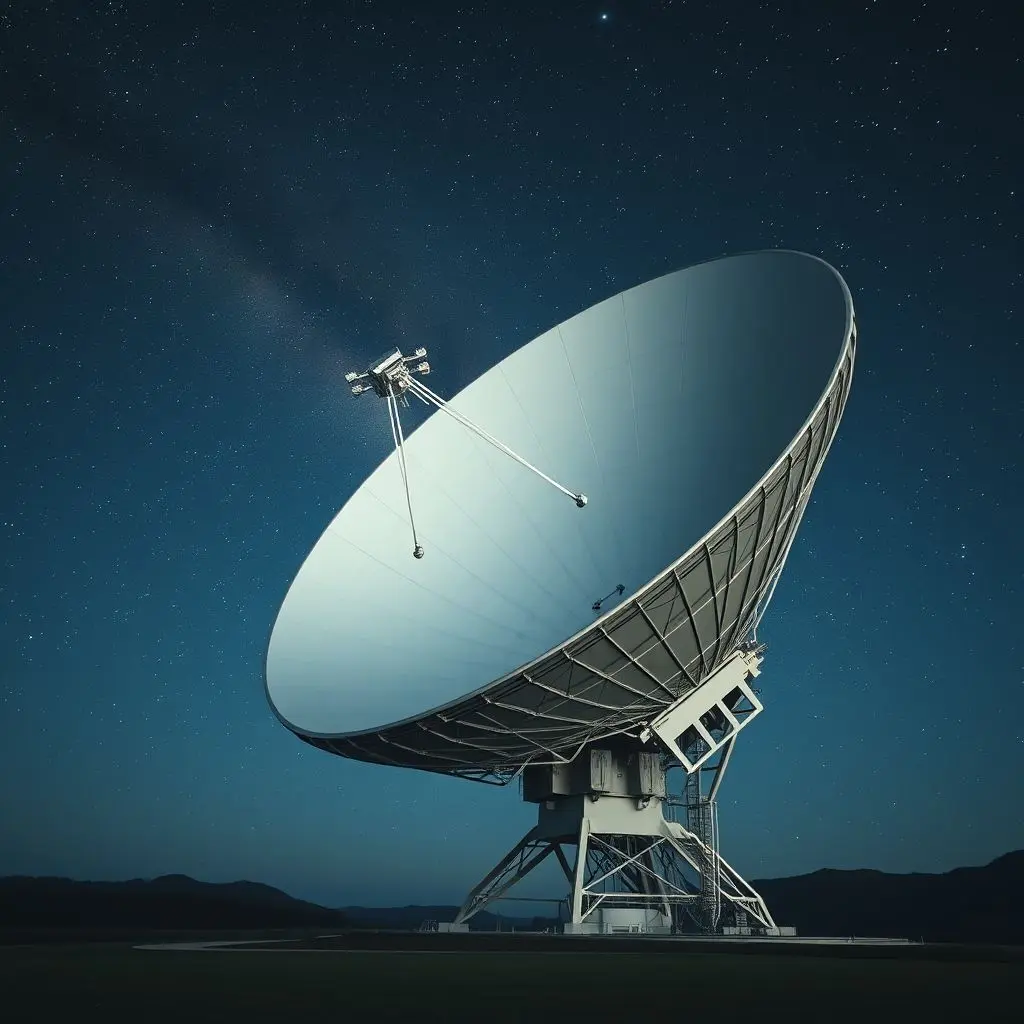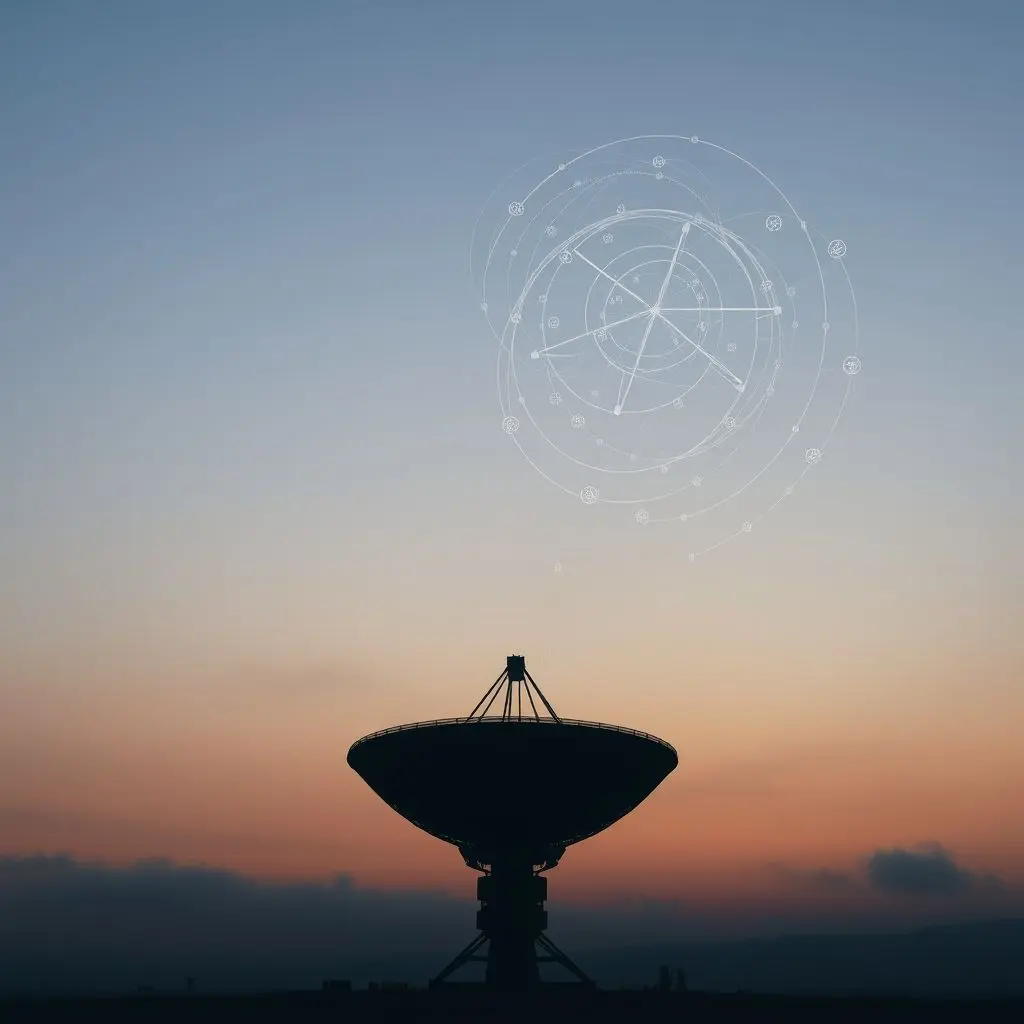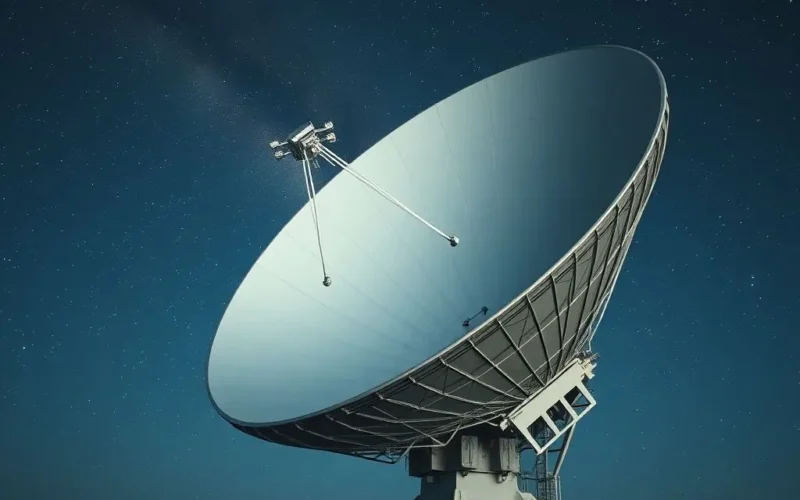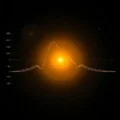Is humanity alone in the vast, silent expanse of the cosmos? It’s a question that has haunted philosophers and astronomers for generations. While our dreams might reach for the stars, our answer relies squarely on the incredible technological tools we’ve built right here on Earth.
The pursuit isn’t just a hopeful wish from science fiction; it’s a sophisticated, high-tech endeavor known as SETI – the Search for Extraterrestrial Intelligence.
Curious about the nuts and bolts of this cosmic listening party? Here’s a quick look at the core idea:
SETI isn’t about sending messages into the dark (though that’s a related field called METI); it’s primarily about listening. Think of it as using Earth’s most sensitive ears to eavesdrop on the universe, patiently scanning for any sign that isn’t just natural cosmic chatter.
Table of Contents
The Cosmic Ears: Giant Radio Telescopes
The primary instrument in SETI’s arsenal is the radio telescope. Why radio? Because radio waves can travel vast distances through interstellar space relatively unimpeded by cosmic dust and gas, carrying potential information across light-years. They move at the speed of light, making them ideal messengers.
These aren’t your backyard satellite dishes. We’re talking about massive structures, some hundreds of meters across, like the now-iconic (and sadly, partially collapsed) Arecibo Observatory in Puerto Rico (historically significant for SETI) or the Five-hundred-meter Aperture Spherical Telescope (FAST) in China. These immense dishes act like giant funnels, collecting incredibly faint radio waves from specific points in the sky.
Their sheer size is crucial. The larger the dish, the more sensitive it is, allowing it to pick up weaker signals from farther away. Pointing one of these colossal instruments is like aiming a microscopic needle across an ocean to catch a single, specific ripple.

Beyond the Dish: The Data Processing Powerhouse
Collecting the data is only the first step. Trillions upon trillions of bits of raw radio noise flood in from the receivers. The real technological marvel lies in what happens next: processing this colossal torrent of data to find that one potential needle in the haystack.
This is where powerful supercomputers and specialized hardware come into play. They sift through the noise, analyzing frequencies, signal strength, and patterns. Natural cosmic sources – pulsars, quasars, background radiation – produce predictable types of radio waves. SETI is looking for something *artificial*.
An alien signal, if it exists and is transmitted using radio, might be narrowband – concentrated at a specific, artificial frequency, unlike the broadband spread of natural sources. Or it could have a repeating pattern, a pulse sequence, or a modulation that speaks of deliberate construction rather than random cosmic processes.
Projects often rely on techniques like Fast Fourier Transforms (FFT) implemented in custom hardware or GPUs to rapidly analyze the frequency spectrum of incoming signals. This allows simultaneous monitoring of millions or even billions of frequency channels.

Specific Projects and Techniques
SETI isn’t one monolithic effort but a collection of projects around the globe. Breakthrough Listen, funded by Yuri Milner, is currently the most comprehensive, utilizing major telescopes like the Parkes Observatory in Australia and the Green Bank Telescope in the US for large-scale surveys across various frequencies.
The Allen Telescope Array (ATA) in California, though currently operating at reduced capacity, was specifically designed for SETI, allowing simultaneous observation of multiple points in the sky.
While radio remains dominant, other methods exist. Optical SETI looks for brief, powerful pulses of light, potentially from alien lasers used for communication or propulsion. This requires specialized optical telescopes and extremely fast detectors.
The Challenges: Fighting Noise and the Cosmic Haystack
Searching for faint signals across light-years is incredibly difficult. Signals weaken drastically with distance. But perhaps the biggest challenge right here on Earth is Radio Frequency Interference (RFI).
Our modern world is awash in radio signals: cell phones, satellites, TV broadcasts, radar, microwaves. All of these create noise that can easily mimic potential alien signals. Sophisticated algorithms are needed to identify and filter out terrestrial interference, often requiring observations from multiple locations or rapid switching between frequencies.
Beyond RFI, there’s the sheer scale of the search. The universe is vast. We can only listen to a tiny fraction of the sky, at a limited range of frequencies, for a relatively short amount of time. It’s like searching for a single grain of sand on all the world’s beaches, without knowing what the grain looks like or where to start.

What Lies Ahead for SETI Tech?
The future of SETI technology looks towards increased sensitivity, wider frequency coverage, and smarter data analysis.
- Larger Arrays: Projects like the Square Kilometre Array (SKA), once fully operational, will offer unprecedented sensitivity and survey speed.
- Advanced AI and Machine Learning: As datasets grow, AI becomes indispensable for identifying subtle patterns in the noise that might be missed by traditional algorithms or human eyes. AI can also become more adept at distinguishing RFI from potential true signals.
- Multi-Wavelength Approaches: Expanding the search beyond traditional radio to include more optical, infrared, and perhaps even neutrino or gravitational wave signatures could open new detection windows.
- Dedicated Instruments: Building telescopes designed specifically for SETI, with optimized receivers and processing backends, remains a goal.
A High-Tech Stakeout
The search for extraterrestrial intelligence is fundamentally a search powered by human ingenuity and technological advancement. It’s a patient, high-tech stakeout of the universe, scanning the vast dark, for a single spark – a non-natural signal that could rewrite our understanding of our place in the cosmos.
The silence so far isn’t proof of absence, merely a testament to the immense scale of the search and the limitations of our current tools. But with every technological leap, our cosmic ears become a little sharper, our processing power a little faster, and the potential to hear something, somewhere out there, grows ever so slightly.
FAQs About SETI Tech
What frequencies does SETI listen to?
Early SETI focused on the 1420 MHz frequency (the Hydrogen Line), thinking it would be a universal marker. Modern SETI surveys cover vast swathes of the radio spectrum, often from hundreds of MHz up to tens of GHz, as different frequencies might be used by different civilizations or for different purposes.
Could SETI signals be encrypted?
Possibly. If a signal is heavily encrypted or fundamentally different from anything we understand, we might detect it as artificial but struggle or fail entirely to decode its content. The first step is simply detecting a non-natural pattern.
Has SETI ever found a potential signal?
Yes, there have been intriguing candidates over the years, most famously the “Wow!” signal detected in 1977. However, none have ever been confirmed by re-detection or follow-up observations, which is crucial for distinguishing a true signal from transient interference or natural phenomena.
Is SETI funded by governments?
While government funding has been sporadic in the past (NASA had a small SETI program that was canceled), most significant SETI research today, like the Breakthrough Listen project and the SETI Institute’s work, is funded by private donations and philanthropic efforts.





